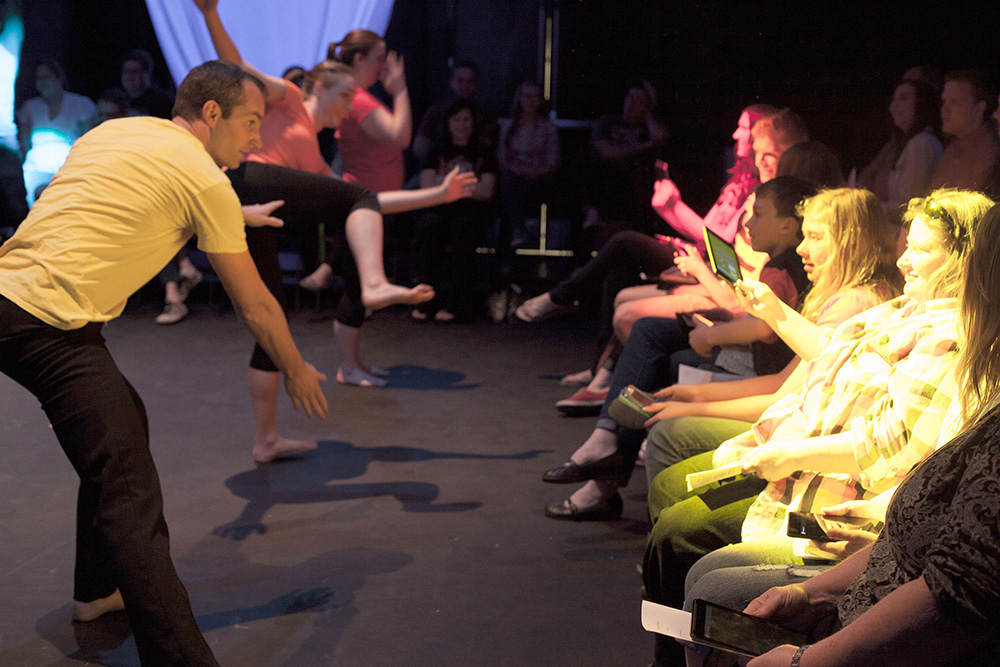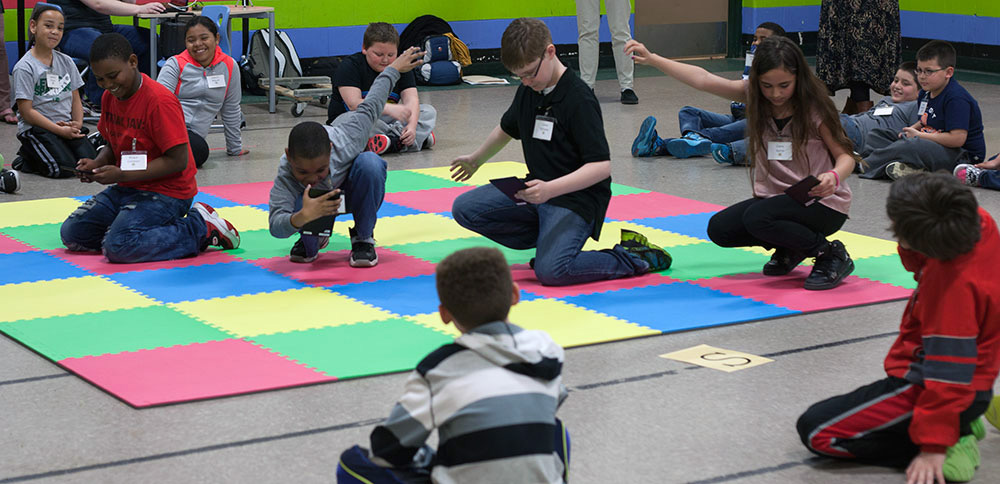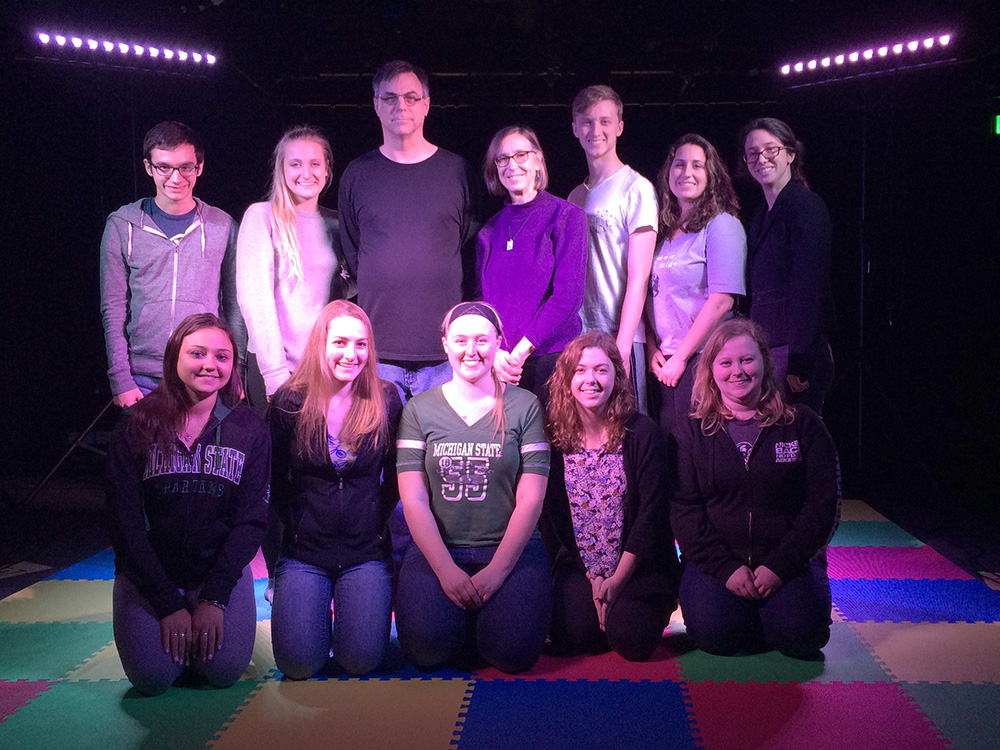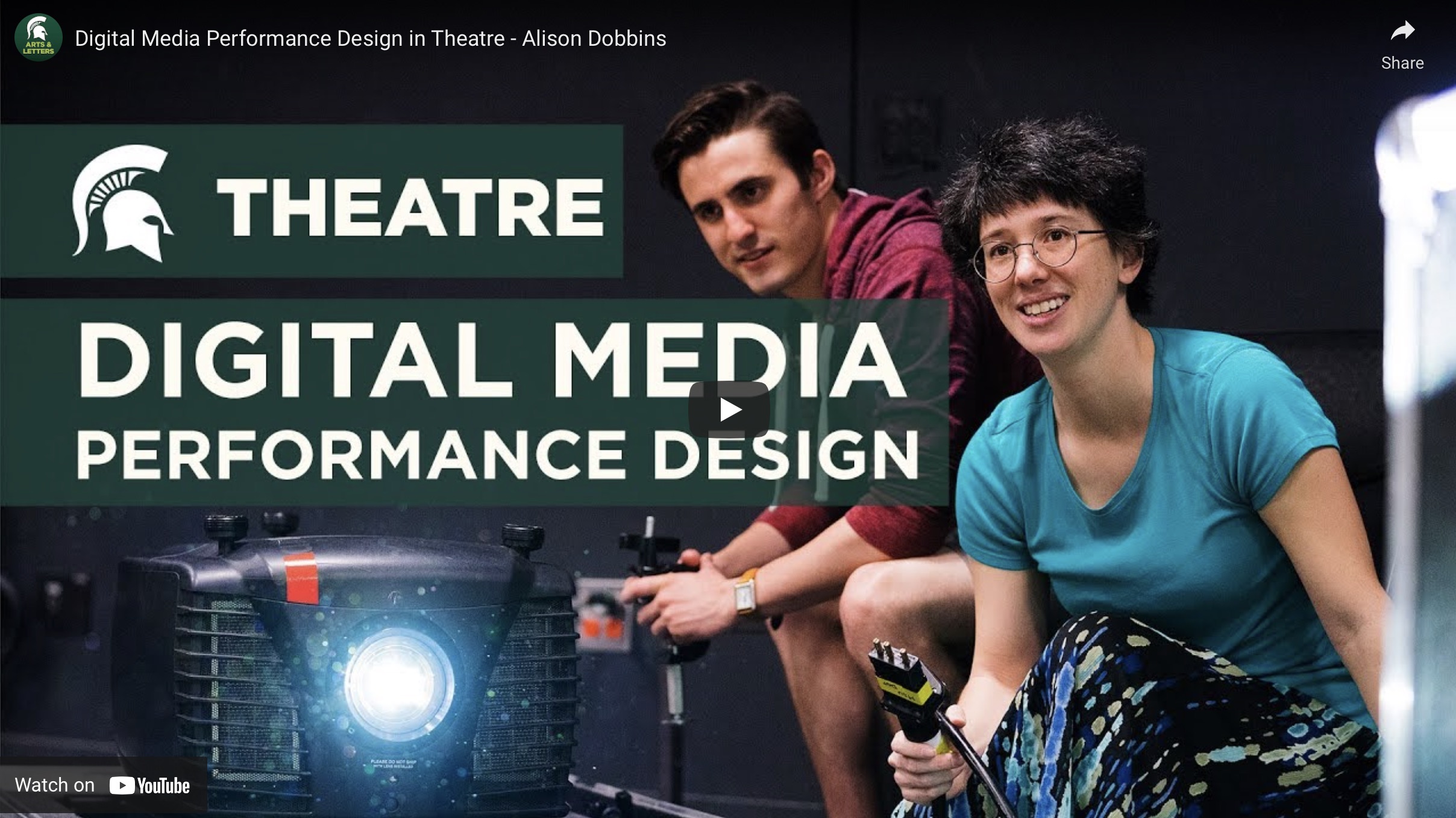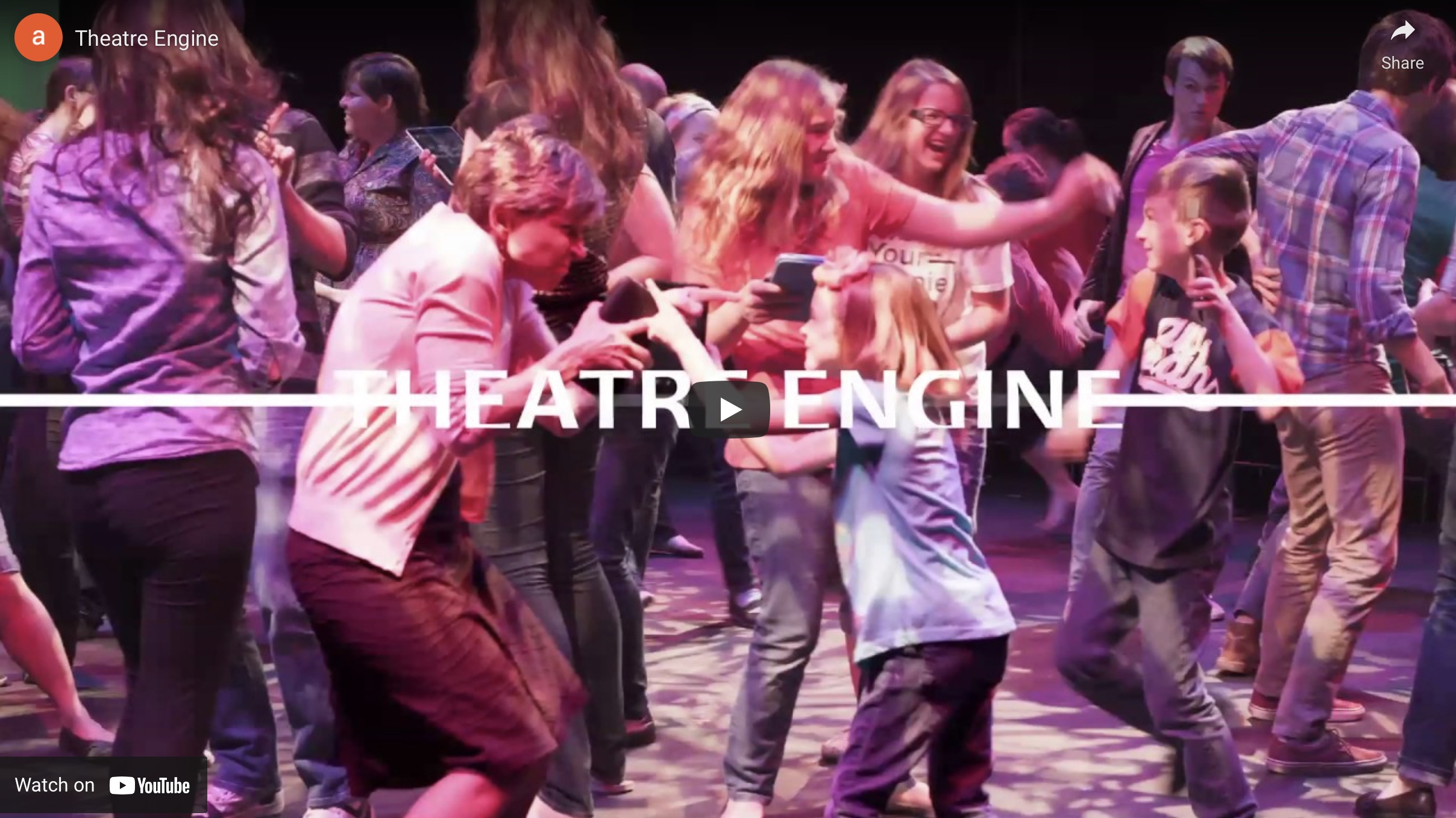Alison Dobbins
dobbinsa@msu.edu
(517) 884-7792
FacultyTheatre
Professor
Integrated Media Performance Design
Biography
Alison Dobbins is a Professor of Integrated Performance Media design at Michigan State University. She is a media designer focused on integrating elements of dance, media, music, theatre, and computer science in performance.
She is the project director and creator of Theatre Engine: an interdisciplinary project focused on exploring audience engagement in dance through the use of mobile applications. Collaborators on this project are from MSU College of Engineering & Computer Science, Brigham Young University, University of Wisconsin – Green Bay, Colby College, University of Oregon, and St. Olaf College. She is a co-principle investigator on Dancing Computer; an interdisciplinary project focused on developing methods to teach dance and computer literacy to elementary school students. A partnership between the Department of Theatre, Department of Computer Science & Engineering, and the College of Education at Michigan State University.
Alison is the author of Projection Design for Theatre and Live Performance: Principles of Media Design (2021) available through Taylor & Francis Books.
Projects
BranchOut
ranchOut is an interactive dance performance project performed in the Horticultural Gardens of Michigan State University in May 2022. This project investigates the nature of tree communication and community, embodying the science of tree communication and symbiosis with mycorrhiza through dance and music. This interdisciplinary art project explores art as a way of knowing in the engagement with the environment. Collaboration with 4-H Children’s Garden, Horticulture Garden, Citizen Scholars, Honors College, Department of Theatre, Department of Forestry, Department of Art, Art History and Design, Lyman Briggs College and the College of Music. Performed May 3rd and 4th, 2022
Theatre Engine
Beginning in 2010, Theatre Engine has been mash-up of live dance, electronic music, mobile phones, and the audience. The actions and choices of each participant are an integral part of the performance – a unique theatrical experience, unlike anything seen before.
Theatre Engine focuses on relationship building through purposeful play; utilizing cellphones to facilitate performer-to-performer, performer-to-audience, and audience-to-audience dance exchanges. The performance goal is to lead the audience to full dance participation as a community. The technology provides a communication bridge for those hesitant to engage in partner and group activities; immersing individuals in group play by stepping them through a series of interactions with the dance performers including wordplay, imitation, drumming, controlling lights, and culminating in an invitation to move.
Dancing Computer
Dancing Computer is a project to teach dance and computer literacy to elementary school children. Students ‘dance’ computer programs, learning both dance terminology and concepts of coding such as sequencing and conditionals. Theatre is used to create a fun and engaging learning environment as children become a computer.
Dancing Computer aims to teach computer programming by teaching students first to read code before they write it. This is a revolutionary approach – the norm being to start students off in writing code. Furthermore, Dancing Computer appeals to a wide range of learning styles as the students learn through visual, verbal, and kinetic methods. It also teaches dance literacy to students through easy to understand step-by-step instructions given on a mobile device. This familiar interface makes the dancing seem less scary or foreign.
Combining computer and dance literacy brings the arts and STEM technology together and showcases the value of STEAM based learning.
Portfolio
Awards and Honors
Service Learning & Civic Engagement Faculty Award
2017
Fintz Award for Teaching Excellence in the Arts and Humanities
2015
Courses
Performing Arts and Healthcare
This course focuses on concepts of performance and right-brain activities to explore a traditionally left-brain topic; engaging students to play, perform, dance, and discuss the art and social side of medicine.
Students create dance and drama therapeutic activities for residents at area retirement homes and after school programs for elementary students. This multigenerational learning is made possible through the Center for Service Learning and the expertise of Happendance.
Compositing and Special Effects
This course is taught both in the Theatre and Media & Information Departments at MSU. These courses examine storytelling through animation and special effects. Collaborations with acting and film classes provide material for students to composite using green screen techniques, mattes, motion tracking and their imagination.
Students create short films with Lansing area high school students through REACH Studio Art Center. This multigenerational learning is made possible through the Center for Service Learning.
Projection Design
Projection Design is the intersection of video, game creation, and theatre. Students in my undergraduate Projection Design courses come from many different majors in the University including music, engineering, computer science, telecommunications, theatre, art, and psychology. Students create work for various applications on campus including the fascia of the Breslin Basketball Arena and off-campus at local galleries.
The focus of these courses includes media design approaches, media engineering and interactive cueing systems (Isadora, Modul8, Resolume), timeline cueing systems (Watchout, Hippo), linear cueing systems (QLab), and projection mapping (MadMapper, VPT).
Publications
Charles B. Owen, Alison Dobbins, Lisa Rebenitsch, (2014) “Integrating the Audience Into a Theatre Performance Using Mobile Devices,” International Journal of Pervasive Computing and Communications, Vol. 10 Iss: 1, pp. 4 – 26. Paper placed second at the International Conference on Advancements in Mobile Computing and Multimedia, Vienna, Austria, December 2013.
Charles Owen, Laura Dillon, Alison Dobbins, Noah Keppers, Madeline Levinson and Matthew Rhodes, (2016) ” Dancing Computer: Computer Literacy though Dance,” Conference proceedings for International Conference on Advances in Mobile Computing & Multimedia, November 2016.
Dobbins, A. (2021). Projection Design for Theatre and Live PerformancePrinciples of Media Design. Routledge Focal Press.

